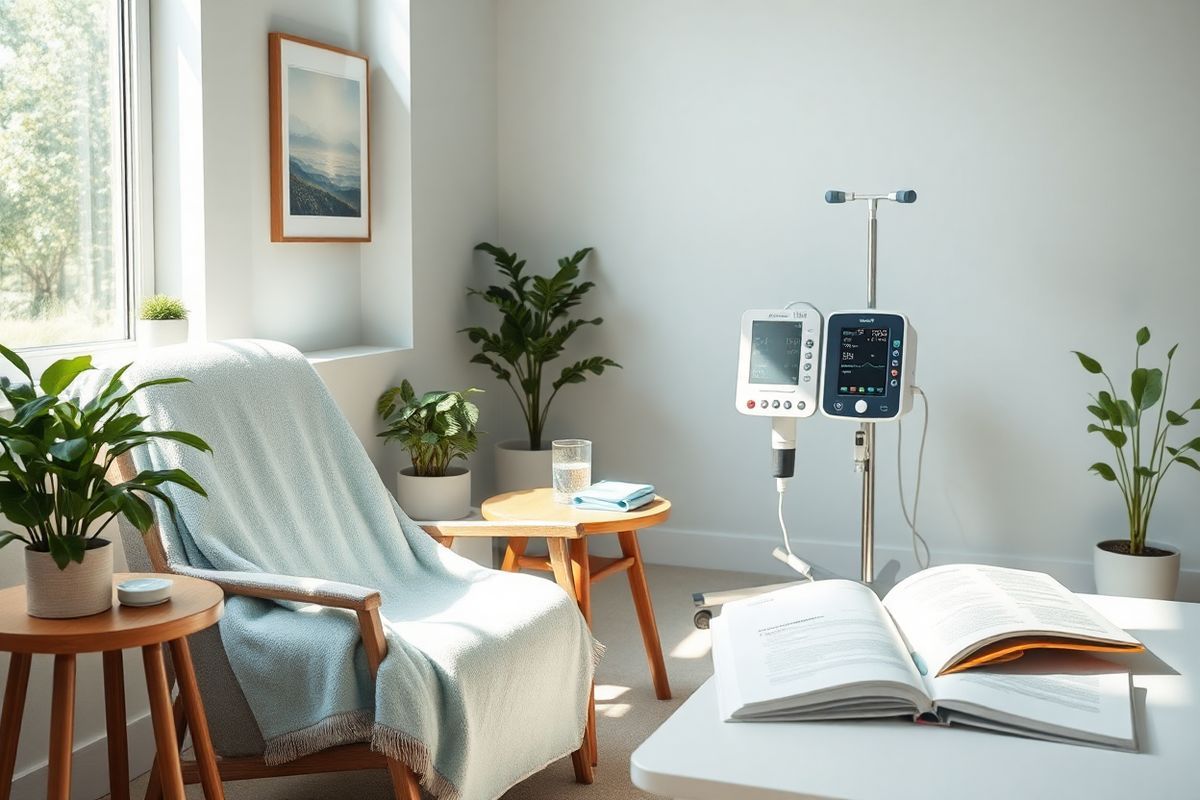Table of Contents
Understanding Allergic Reactions: What You Need to Know

allergic reactions occur when the immune system overreacts to substances known as allergens, which are generally harmless to most people. The immune system identifies these substances as threats and produces specific antibodies called Immunoglobulin E (IgE). Upon subsequent exposure to the allergen, these antibodies trigger a cascade of immune responses that can manifest as various symptoms (Allergies and hypersensitivities).
The symptoms of allergic reactions can range from mild to severe, including:
- Mild Symptoms: hives, itchy skin, sneezing, runny nose, and watery eyes.
- Severe Symptoms: anaphylaxis, characterized by difficulty breathing, swelling of the face or throat, and a significant drop in blood pressure.
It’s essential for patients receiving Kisunla to be aware of their allergy history, particularly to medications or substances that may cause severe reactions. Monitoring for symptoms of an allergic reaction, especially during the initial infusions, is critical.
Common Side Effects of Kisunla: A Comprehensive Overview
Kisunla can lead to a range of side effects that vary in severity. The most frequently observed mild side effects include:
- Headache: Common among patients, often resolving without intervention.
- Infusion-related Reactions: These may present as chills, nausea, vomiting, or mild fever during or shortly after the infusion.
However, serious side effects can also occur, including:
- Severe Infusion Reactions: Symptoms such as chest pain, shortness of breath, and significant changes in blood pressure.
- Amyloid-Related Imaging Abnormalities (ARIA): This condition may include swelling or small areas of bleeding in the brain, detectable via MRI. ARIA is a common side effect associated with anti-amyloid therapies and can lead to cognitive decline if not monitored effectively.
Patients are advised to remain in the treatment facility for at least 30 minutes post-infusion for monitoring purposes (Kisunla: Dosage, side effects, uses, interactions, and more).
TablCommon Side Effects of Kisunla
| Side Effect | Severity Level | Description |
|---|---|---|
| Headache | Mild | Discomfort in the head, often transient. |
| Chills | Mild | Feelings of coldness, may accompany infusion. |
| Nausea | Mild | Unpleasant sensation in the stomach, may lead to vomiting. |
| Severe Infusion Reactions | Severe | Chest pain, difficulty breathing, significant blood pressure changes. |
| Amyloid-Related Imaging Abnormalities (ARIA) | Severe | Swelling or bleeding in the brain, requiring close monitoring. |
Managing Mild Side Effects of Kisunla: Tips and Tricks

Managing mild side effects effectively can enhance patient comfort and adherence to the treatment plan. Here are some strategies:
- Pre-medication: Patients may benefit from taking over-the-counter antihistamines prior to infusions to mitigate mild allergic reactions.
- Hydration: Staying well-hydrated before and after the infusion can help reduce headaches and nausea.
- Monitoring: Keeping a symptom diary can help track side effects and provide valuable information to healthcare providers for adjusting treatment.
- Comfort Measures: Utilizing cool compresses can ease headaches and chills during infusions.
By employing these strategies, patients can better tolerate mild side effects, ensuring continuity in their treatment regimen.
Recognizing Severe Reactions: When to Seek Immediate Help
While many side effects of Kisunla are manageable, it’s crucial to recognize when they escalate to severe reactions that require immediate medical attention. Key indicators include:
- Breathing Difficulties: Any sudden onset of wheezing or difficulty breathing should prompt immediate emergency response.
- Swelling: Notable swelling of the face, lips, or tongue can indicate a severe allergic reaction.
- Severe Headaches: Persistent or worsening headaches that do not respond to typical pain relief methods could signify serious complications.
In the event of any severe symptoms, patients should call 911 or seek emergency care immediately. Early intervention is vital to prevent potential complications, including the risk of anaphylaxis (Allergic Reaction: Symptoms, Treatment, Prevention & More).
Preparing for Your Kisunla Treatment: Essential Steps for Safety
Preparation for treatment with Kisunla involves several important steps to ensure safety and efficacy:
- Comprehensive Medical Evaluation: Prior to treatment, patients should undergo a thorough assessment to determine their suitability for Kisunla, including medical history and testing for known allergies.
- MRI Screening: Regular MRI scans are necessary to monitor for ARIA and other potential complications.
- Establishing an Emergency Plan: Patients should have an action plan in place for managing allergic reactions, including easy access to emergency medications like epinephrine auto-injectors.
- Education and Support: Patients and caregivers should be educated about the treatment process, potential side effects, and emergency responses to ensure they are fully prepared.
By taking these precautions, patients can navigate their treatment with greater confidence, reducing anxiety and improving outcomes.
FAQ
What is Kisunla and how does it work?
Kisunla is a monoclonal antibody therapy approved for treating early-stage symptomatic Alzheimer’s disease. It targets amyloid-beta plaques in the brain, helping to slow cognitive decline by promoting the clearance of these harmful protein aggregates.
What are the most common side effects of Kisunla?
Common side effects include mild headaches, infusion-related reactions (such as chills and nausea), and the more serious risk of ARIA, which can involve swelling or bleeding in the brain.
How can I manage mild side effects from Kisunla?
Mild side effects can often be managed through hydration, pre-medication with antihistamines, and monitoring symptoms. Keeping a diary of side effects can also help in reporting to healthcare providers.
When should I seek medical help while on Kisunla?
Immediate medical attention is necessary if you experience severe allergic reactions, such as difficulty breathing, significant swelling, or severe headaches that do not improve.
Is Kisunla a cure for Alzheimer’s disease?
No, Kisunla is not a cure for Alzheimer’s disease. It may help slow the progression of symptoms but does not reverse memory loss or eliminate the disease.
References
- Allergies and hypersensitivities. Retrieved from https://www.healthdirect.gov.au/allergies-and-hypersensitivities
- Allergic Reaction: Symptoms, Treatment, Prevention & More. Retrieved from https://www.healthline.com/health/allergies/allergic-reaction
- Kisunla: Dosage, side effects, uses, interactions, and more. Retrieved from https://www.medicalnewstoday.com/articles/drugs-kisunla
- What is Kisunla?. Retrieved from https://www.ncoa.org/article/kisunla-donanemab-alzheimers-treatment/
- Passive Anti-amyloid Beta Monoclonal Antibodies: Lessons Learned over Past 20 Years. Retrieved from https://doi.org/10.1007/s40120-024-00664-z
- Optimization of Transcardiac Perfusion for More Accurately Evaluating Biodistribution of Large Molecules. Retrieved from https://doi.org/10.3390/ijms252212180
- Clinical and Market Analysis of NanoBEO: A Public-Worth, Innovative Therapy for Behavioral and Psychological Symptoms of Dementia (BPSD)—Emerging Evidence and Its Implications for a Health Technology Assessment (HTA) and Decision-Making in National Health Systems. Retrieved from https://doi.org/10.3390/pharmaceutics16101253










